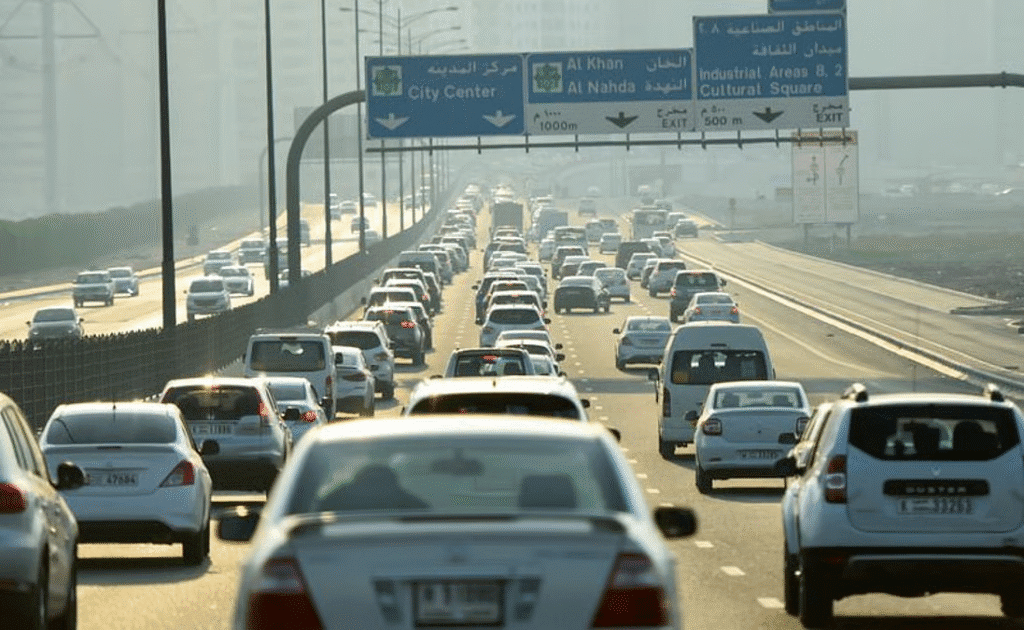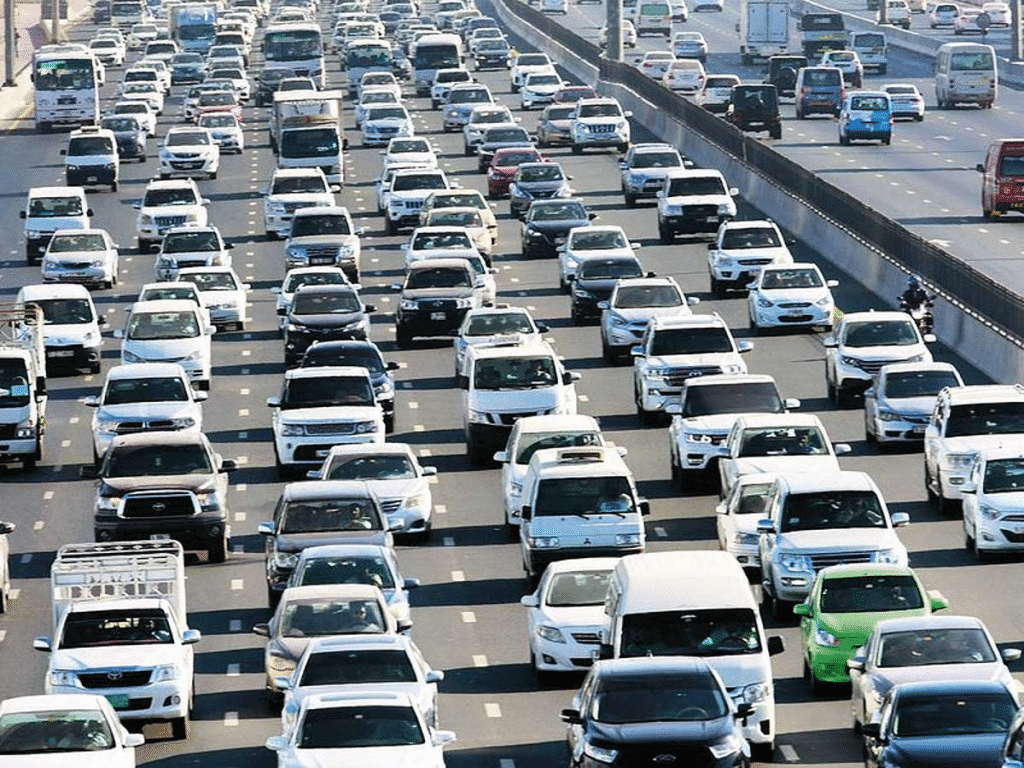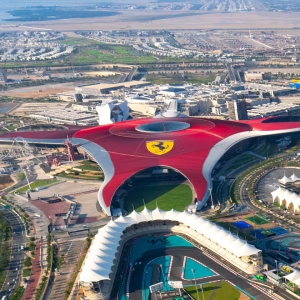Current traffic in Dubai is facing several hotspots of congestion and delays, especially during peak hours. With accidents, road works, and seasonal weather factors affecting major routes, commuters are experiencing slower journeys than usual. This report explains where the worst delays are happening, what is causing them, and offers practical tips for drivers and public transport users to plan their day better.
Causes of Traffic Delays
Traffic in Dubai today is affected by a mix of factors that are common in a busy metropolitan city. Some of the most notable reasons are:
- Heavy congestion on major highways and arterial roads such as Sheikh Zayed Road (E11), E311, E611, Al Khail Road, and Al Meydan Road. These highways are the backbone of Dubai’s transport system and tend to get clogged during peak times.
- Road accidents and minor incidents. Even a small crash can block lanes and cause long backups in both directions.
- Ongoing construction and road maintenance. Dubai is constantly upgrading its infrastructure, and these projects often involve partial lane closures.
- Weather and visibility issues. Dust storms and low visibility conditions sometimes force drivers to slow down, which adds to congestion.
Areas With the Worst Congestion
Certain roads are under particular stress today. Drivers should prepare for delays if traveling through the following routes:

Sheikh Zayed Road (E11)
Sheikh Zayed Road, one of Dubai’s busiest highways, is experiencing very heavy traffic heading toward central Dubai and Deira. Long queues are building near areas like Al Nahda and Bu Shaghara, making journeys much slower than usual.
E311 and E611 Highways
These parallel highways are showing congestion at key junctions and exits. During peak hours, traffic tends to build up quickly, and drivers are advised to consider alternative paths if possible.


Al Khail Road and Al Meydan Road
Traffic is slow on stretches leading into business districts and major intersections. Interchanges are particularly affected, as merging traffic reduces overall flow.
Ras Al Khor and Al Aweer Road
Both roads are showing slower movement in both directions. This is likely due to high vehicle volume and merging lanes causing bottlenecks.
Bu Shaghara and Al Nahda
These areas are seeing noticeable congestion toward Deira. Travel time is increasing sharply for drivers heading into the city center.
Real-Time Traffic Status
While some services show no major traffic incidents today, conditions on the ground reveal that congestion remains a serious issue. Many drivers report stop-and-go traffic on key highways and long waiting times at intersections. Travel time during rush hours can take 20 to 40 percent longer than usual depending on the route.
Impact on Commuters and Public Transport
The current traffic situation has clear consequences for commuters:
- Longer commute times. Drivers are spending much more time on the road during morning and evening rush hours.
- Public transport alternatives are gaining popularity. Metro lines, buses, and direct routes are helping reduce the pressure on roads, especially during peak hours.
- Route planning has become essential. Navigation apps are now a key tool for avoiding traffic hotspots and saving time.
Tips to Avoid Traffic Delays
There are several steps drivers and commuters can take to make their journey easier:
- Leave earlier or later than rush hour times to avoid the heaviest delays.
- Use alternate routes instead of sticking to main highways when they are congested.
- Monitor real-time navigation apps that provide live updates and rerouting suggestions.
- Consider public transport, such as the Dubai Metro, which is less affected by road conditions.
- Stay alert to weather updates, especially when dust storms or poor visibility are expected.
Efforts by Authorities to Ease Traffic
Dubai’s transport authorities are continuously working on solutions to reduce traffic pressure. Some of the ongoing and planned measures include:
- Expansion of metro services and new direct routes to reduce peak-hour road congestion.
- Construction of new infrastructure such as the Infinity Bridge and improvements to creek crossings to distribute vehicle loads more evenly.
- Real-time communication of incidents and updates via traffic apps, police alerts, and official social media channels.
- Road upgrades and redesigns to improve traffic flow at busy intersections.

Factors That Can Worsen Traffic Suddenly
Even when conditions seem manageable, certain factors can quickly make traffic worse:
- Accidents or road closures, especially on busy highways.
- Sudden weather changes such as sandstorms or heavy rain reducing visibility.
- Public holidays and events that increase traffic unexpectedly.
- Road works that run longer than scheduled.
Will Traffic Improve Soon?
Looking ahead, traffic congestion in Dubai is expected to remain heavy during peak hours for the coming days. However, there are reasons to be optimistic. Expansion of public transport networks, more efficient road management, and new infrastructure projects are gradually creating alternatives for commuters. Over time, these developments should reduce pressure on the city’s busiest roads.
Conclusion
The current traffic in Dubai is heavily influenced by congestion on major highways, accidents, and ongoing roadworks. While no large-scale incidents are blocking travel today, many commuters will face longer journeys during morning and evening peaks. By planning routes carefully, staying updated with real-time apps, and considering public transport, travelers can save time and reduce stress. Dubai authorities continue to push improvements that will eventually create smoother traffic flow, but for now, patience and planning remain the best tools for navigating the city’s roads.
Do follow UAE Stories on Instagram
Read Next – English Teacher Job in Dubai – Opportunities, Salary, and Guide















